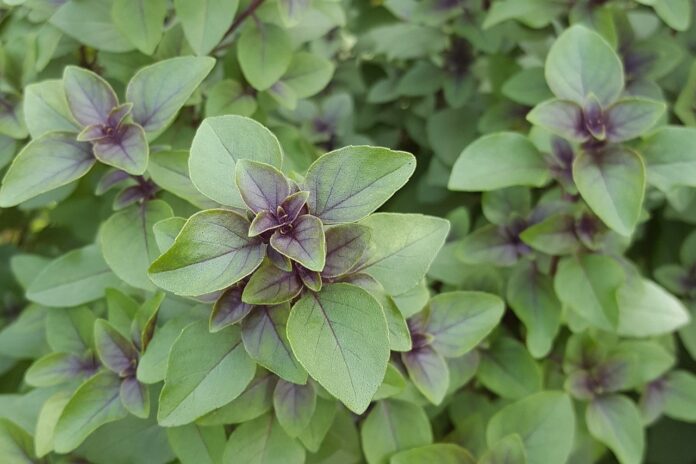The monsoon season undeniably brings a very refreshing change, but at the same time, presents a number of challenges for maintaining the Tulsi (Holy Basil) plant. Tulsi revered in several Indian households, requires special care during the wet months of the rainy season to thrive. Here is a guide that will help you in keeping your Tulsi plant healthy during the monsoon.
-
Watering Tips
During the course of the monsoon, the soil around the Tulsi plant can tend to become waterlogged due to excessive rain. Overwatering can eventually lead to rot in the roots of the plant. This proves to be detrimental to the health of the plant. In order to prevent the same, you necessarily require to ensure that the pot has proper drainage. You must water the plant only when the top layer of the soil feels dry to touch. In case the plant is placed in an open area where it receives rainwater, then you may consider to move it to a sheltered spot in order to protect the plant.
-
Proper Means of Drainage
Tulsi plants generally thrive in well-drained soil. During the monsoon season, it is crucial to check that the pot has adequate drainage holes. In case the water does not drain well, the roots can tend to suffocate, leading to certain kinds of fungal infections. You may add a layer of small stones or gravel at the bottom of the plant’s pot to improve the drainage.
-
Requirements of Sunlight
Although the monsoon season brings cloudy skies, Tulsi still requires adequate sunlight to grow optimally. You ought to place the plant in such a location where it can receive indirect sunlight for at least 4-6 hours per day. In case you are experiencing prolonged cloudy days, you may consider placing the plant under artificial light to ensure that it gets the desired exposure to light.
-
Protection from Pests
The increased amount of moisture during the monsoon can attract a lot of pests like as whiteflies, aphids and a range of fungal infections. Thus, you should necessarily check the leaves’ undersides and also the soil for any signs of pests, especially during the monsoon season. You may use neem oil as an effective organic remedy that can be sprayed on the plant to keep away the harmful pests at bay.
-
Trimming and Pruning
Pruning is essential during the monsoon to encourage the healthy growth of the Tulsi plants. You should make it a point to trim any decaying or yellow leaves to prevent the spread of disease. Regular pruning also helps a Tulsi plant in maintaining its shape and encourages the growth of the new and healthy leaves in a Tulsi plant.
-
Soil Care
Tulsi prefers slightly alkaline soil. The rain can sometimes turn the soil to be more acidic. It is not ideal for Tulsi plants. You may sprinkle a small amount of wood ash or lime around the base of the plant to neutralize the acidity to a large extent. Additionally, adding organic compost can highly enrich the soil and provide the most essential nutrients to the plant.
-
Support and Shelter
In case your Tulsi plant is placed outdoors, then you should necessarily provide the plant with some shelter to protect the same from heavy rain. This could ideally be a temporary canopy or relocating the plant to a covered porch. The stems of the plant can become week due tie the weight of the rainwater. So, you may consider placing a support using a small stake or stick and prevent the plant from breaking or bending.
Conclusion
Maintaining a Tulsi (Holy Basil) plant during the monsoon months require a bit of extra care. However, with the right steps, your plant can thrive. By ensuring proper watering, sunlight, drainage and pest control, along with regular soil care and pruning, your Tulsi plant with remain vibrant and healthy all through the rainy season.



